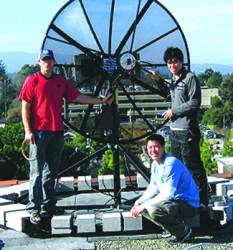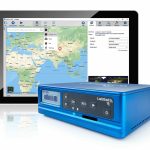A recent paper published in The Journal of Electrical and Electronics Engineering, by Lasisi Salami Lawal of Nigeria’s Federal University of Technology, and Chris Reginald Chatwin of the University of Sussex, argues that the United Kingdom could launch a payload on a national military communications satellite to provide navigation overlay services for the United Kingdom territory, surrounding waters and neighboring ally countries.
According to some accounts, the United Kingdom’s impending exit from the European Union (EU) could mean restricted access to the Europe’s GNSS, Galileo. In particular, UK access to the Galileo public regulated service (PRS), the secured and encrypted signal used for defense and government purposes, could be repealed. The PRS is supposed to be restricted to European Union member states and to third-world countries only on a negotiated basis.
Lawal and Chatwin argue that the overlay service they describe, a sort of low-cost augmentation system similar in function to WAAS or EGNOS, would meet the requirements of UK defense systems, aviation, maritime navigation and the precision location-based services for emergencies and crisis management.
The paper describes in detail the design of the system, comprising a payload onboard a national satellite and the required supporting ground infrastructure, highlighting specific enabled applications and services.
“…rather than building and launching more than one satellite for redundancy, entire global coverage and reliability of services,” the authors write, “a cooperative agreement can be reached with managers of the NIGCOMSAT-1R navigation system; a geostationary satellite with a navigation overlay service broadcasting corrections and integrity information for GNSS satellites in the L1 frequency band (1575.42 MHz) as well as L5 in the frequency band (1176.45 MHz) with the service coverage area meeting the requirements of the United Kingdom (EIRP ≥ 30dBW) in case of a geostationary satellite link failure.”
Nigeria’s NIGCOMSAT-1R was launched in 2007 and was designed to augment GNSS over Africa. Such a partnership as proposed in the new paper could, if necessary, take some of the sting out of Britain’s withdrawal from the European Union.






